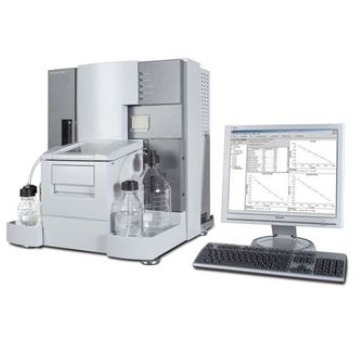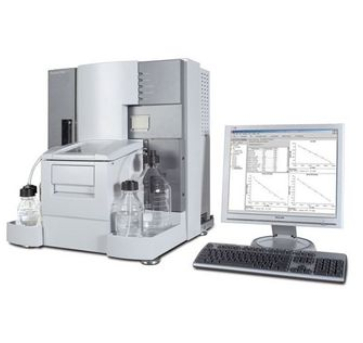The Basics of Recombinant Antibody Production
Recombinant antibodies are produced by introducing specific genes encoding the desired antibody into host cells, which then express the antibody proteins. This process begins with the identification and isolation of genes responsible for the antibody’s variable regions, which determine its specificity. These genes are cloned into an appropriate expression vector—a plasmid or viral vector—that facilitates the insertion of the genetic material into host cells, such as bacteria, yeast, insect, or mammalian cells.
Expression Systems for Recombinant Antibodies
The choice of expression system is crucial and depends on the desired antibody's complexity and intended application. Bacterial systems, like Escherichia coli, are used for producing single-chain variable fragments (scFvs) and fragment antigen-binding (Fab) fragments due to their simplicity and cost-effectiveness. However, for full-length antibodies and more complex modifications, mammalian cells (such as Chinese hamster ovary (CHO) cells) are preferred. Recombinant Antibody Manufacturing Mammalian systems ensure proper folding, post-translational modifications, and glycosylation, which are critical for the antibody’s functionality and stability.
Advantages of Recombinant Antibody Technology
Recombinant antibody technology offers several advantages over traditional methods:
Specificity and Customization: Genetic engineering allows precise modifications to the antibody sequence, enhancing binding affinity, specificity, and stability. This customization is invaluable for therapeutic applications where high specificity is crucial.
Scalability and Consistency: Recombinant production facilitates large-scale manufacturing with consistent quality. Unlike hybridoma technology, which can suffer from variability and instability, recombinant systems provide reliable and reproducible yields.
Speed and Efficiency: Recombinant antibodies can be produced more rapidly than traditional methods. This accelerated production timeline is vital for responding to emerging infectious diseases and rapidly developing therapeutic antibodies.
Humanization: Recombinant technology enables the humanization of antibodies derived from non-human sources. This reduces immunogenicity when these antibodies are used as therapeutics in humans, improving their safety and efficacy.
Applications of Recombinant Antibodies
Recombinant antibodies have revolutionized various fields, including:
Therapeutics: Monoclonal antibodies (mAbs) are used to treat cancers, autoimmune diseases, and infectious diseases. Examples include trastuzumab (Herceptin) for breast cancer and adalimumab (Humira) for rheumatoid arthritis.
Diagnostics: Recombinant antibodies are employed in diagnostic assays for detecting pathogens, biomarkers, and other molecular targets. Their high specificity and affinity make them ideal for sensitive diagnostic tests.
Research: In biomedical research, recombinant antibodies are tools for studying protein function, cell signaling pathways, and disease mechanisms. They are also used in techniques such as flow cytometry, immunoprecipitation, and Western blotting.
Agriculture: Recombinant antibodies are used in agricultural biotechnology for developing disease-resistant crops and improving livestock health.
Challenges and Future Directions
Despite the numerous advantages, recombinant antibody production faces challenges such as high production costs and the need for sophisticated infrastructure. Advances in expression systems, bioprocessing technologies, and synthetic biology are expected to address these challenges, making recombinant antibody production more accessible and cost-effective.
Looking forward, the integration of artificial intelligence and machine learning in antibody design, along with innovations in gene editing technologies like CRISPR, holds promise for further revolutionizing the field. The continuous evolution of recombinant antibody technology will undoubtedly expand its applications and enhance its impact on medicine and biotechnology.






Comments